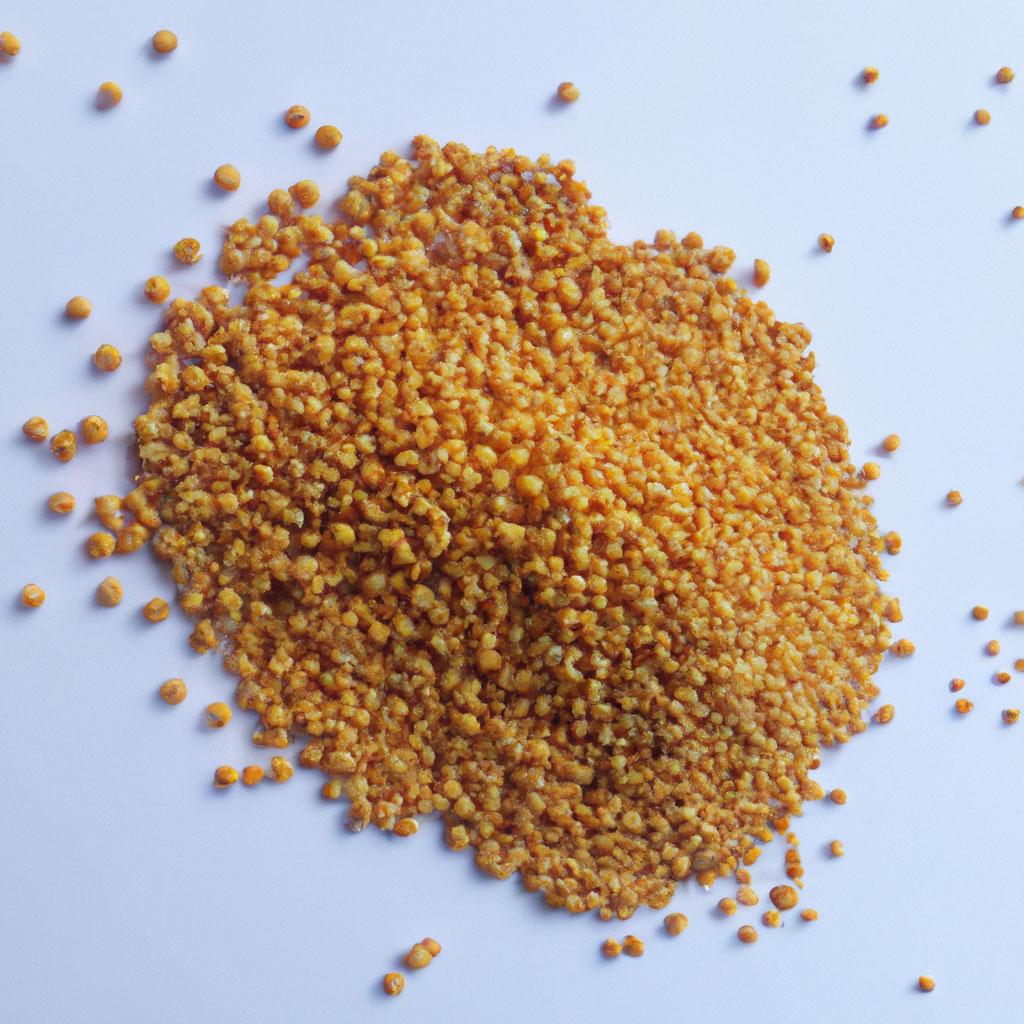Botanical Name: Sinapis alba
White mustard is a widely used spice known for its mild, slightly tangy, and earthy flavor. Unlike its spicier relatives—brown and black mustard—white mustard seeds are larger, pale yellow or beige in color, and have a more subtle heat. These seeds are integral to a variety of culinary applications, from making mustard condiments to pickling and seasoning dishes.
The flavor of white mustard seeds is mild when compared to brown or black mustard. While they possess a slight pungency, their heat is much more subdued, making them versatile and suitable for a wide range of dishes. When crushed or ground, white mustard seeds release sinigrin, a compound that produces mustard oil, giving them their gentle, tangy flavor with a touch of spice. This characteristic becomes more pronounced when the seeds are mixed with liquids such as water or vinegar, which activate the heat-producing enzymes.
One of the most common uses of white mustard seeds is in the production of yellow mustard, a popular condiment in many parts of the world, especially in the United States. To make yellow mustard, the seeds are ground into a fine powder and combined with vinegar, water, and turmeric, which gives the condiment its distinctive yellow color. The resulting mustard is tangy, slightly sweet, and much milder in heat than other mustard varieties, making it a staple for everything from hot dogs to sandwiches.
In Indian cuisine, white mustard seeds are often used whole in tadka (tempering), where they are fried in hot oil until they pop, releasing their flavor into the dish. They are used to season dals, vegetable curries, pickles, and relishes, providing a mild spiciness that complements other spices such as cumin, fenugreek, and coriander.
White mustard seeds are also commonly used in pickling. Their mild heat and pungency make them ideal for pickling vegetables like cucumbers, carrots, and cauliflower, where they add a gentle spice that enhances the flavors of the brine.

